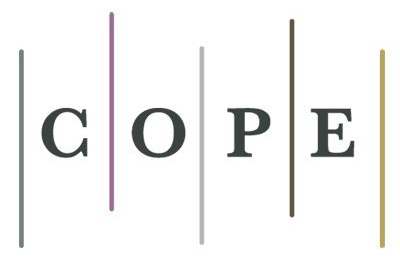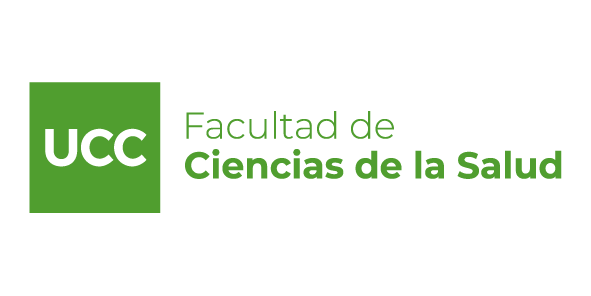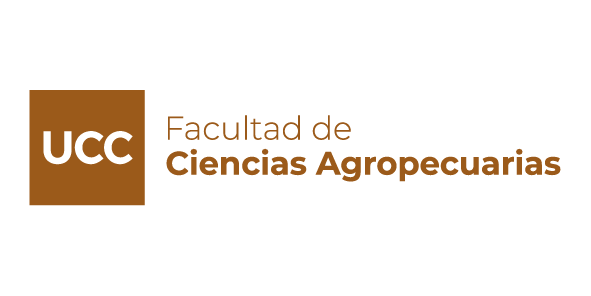Nasal Bilevel in preterm infants of 33 to 36 weeks of gestational age
DOI:
https://doi.org/10.22529/me.2022.7(3)02Keywords:
Late Preterm, CPAP, BiLevel, Non-Invasive Ventilation, Respiratory Distress Syndrome, Mechanical VentilationAbstract
INTRODUCTION The use of non-invasive ventilation (NIV) in neonatology has increased. However, even with the development of different modes of NIV, an important percentage of newborns fails and requires mechanical ventilation (MV). NIV with BiLevel provides two alternating levels of continuous pressure (CPAP) in order to increase functional residual capacity (CRF). The theoretical benefit would be that the change in the CRF can recruit unstable alveoli and prevent their collapse, and has the advantage of not needing synchronization. The early use of NIV with BiLevel in neonates from 33 to 36.6 weeks with Respiratory Disease Syndrome (RDS) could improve the gasometric parameters and O2 needs during the acute phase, and could have an effect on the time of respiratory support and hospital stay, compared with nasal CPAP. OBJECTIVE: To evaluate the clinical course, evolution of gasometric parameters and respiratory outcomes in late preterm infants with RDS assigned to CPAP or BiLevel. MATERIAL AND METHODS: Pilot, prospective and randomized study. A total of 16 children with gestational age from 33 to 36.6 weeks with RDS who met the inclusion criteria were randomized to the CPAP group (n = 8, PEEP of 5-6 cmH2O and an FiO2 to maintain an SO2 between 92-96%) or iLevel (n = 8, lower PEEP of 5-6 cmH2O and a higher level of PEEP of 9-10 cmH2O, a time in upper level of 1.5 seconds 15 times per minute and FiO2 to maintain SO2 between 92- 96%) provided by umovent GraphNeo. Gasometric and FiO2 parameters were evaluated during the first 12 hours of the study, need for MV, incidence of pneumothorax, days of O2 and hospital stay in both groups. RESULTS: The FiO2 requirements and PaCO2 and pH values during the first 12 hours of the study in both groups were similar (p => 0.05). There were no significant differences between CPAP vs BiLevel in need of MV (37.5% vs 25%, p = 0.58), hours of NIV (34.3 vs 35.1, p = 0.94), time of MV (11.9 vs 10.1, p = 0.85), days of O2 (4.25 vs 3.9, p = 0.76), doses of surfactant (0.38 vs 0.25, p = 0.58), pneumothorax (0% vs 12.5%, p = 0.3), time to achieve total enteral feeding (4.75 vs 4.75, p = 0.99), and days of hospitalization (16.6 vs 10.2, p = 0.16). CONCLUSIONS: The presented data do not show significant differences between both groups. While there was a trend towards a lower need for O2, MV, use of surfactant and days of hospitalization and a higher incidence of pneumothorax in the BiLevel group, a larger number of children needs to be evaluated to confirm these data. Both CPAP and BiLevel are effective and safe strategies for the management of RDS in late preterm infants.Published
2022-07-08
How to Cite
C, M., I, S., E, C., V, B., D, D. P., D, W., & H, A. (2022). Nasal Bilevel in preterm infants of 33 to 36 weeks of gestational age. Methodo Investigación Aplicada a Las Ciencias Biológicas, 7(3). https://doi.org/10.22529/me.2022.7(3)02
Issue
Section
Artículos
License
Copyright (c) 2022 Methodo Investigación Aplicada a las Ciencias Biológicas

This work is licensed under a Creative Commons Attribution-NonCommercial-ShareAlike 4.0 International License.




















